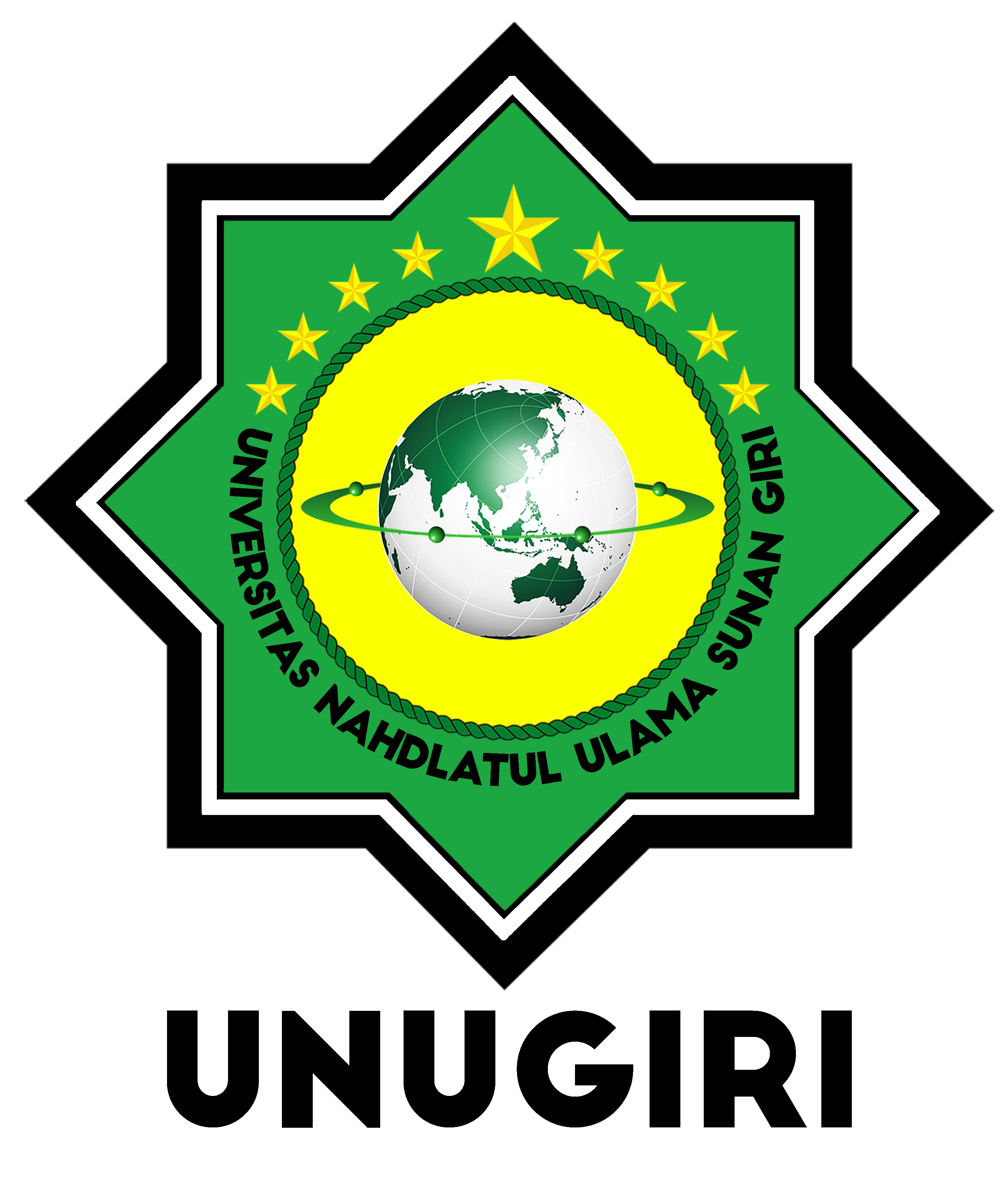Pengembangan Instrumen Penilaian Berpikir Kreatif Pada Prodi Nautika dan Teknika
 PDF Download: 451
PDF Download: 451
DOI:
https://doi.org/10.32665/james.v5i1.401Keywords:
kemampuan berpikir kreatif, define, design, develop, creative thinking skillsAbstract
Kemampuan berpikir kreatif merupakan tujuan pembelajaran matematika sekaligus bekal penting bagi individu dalam menghadapi permasalahan kehidupan yang menantang. Tujuan dari penelitian ini yaitu mengembangkan instrumen penilaian kemampuan berpikir kreatif taruna. Tahap pengembangan instrumen menggunakan model 3D, yaitu define, design, develop. Berdasarkan hasil tahap define, diketahui bahwa instrumen yang mengukur kemampuan berpikir kreatif masih relatif sedikit, terutama pada materi aplikasi matematika maritim. Pada tahap develop, diperoleh desain final instrumen penilaian berdasarkan draft pengembangan yang telah disusun pada tahap design. Instrumen divalidasi oleh 3 ahli. Instrumen diperbaiki berdasarkan saran dari ahli dan hasil uji coba kelompok kecil dengan 5 taruna Prodi Nautika dan 5 Taruna Prodi Teknika. Instrumen yang sudah diperbaiki, digunakan pada tahap develop dalam uji coba kelompok besar kepada 18 Taruna Nautika dan 17 Taruna Teknika angkatan 2021. Berdasarkan hasil uji coba kelompok besar, instrumen dinyatakan valid dengan nilai Corrected Item-Total Correlation sebesar 0,3338. Instrumen dinyatakan reliabel dengan nilai Alpha Cronbach adalah 0,482. Instrumen penilaian kemampuan berpikir kreatif memenuhi syarat valid dan reliabel sehingga layak untuk digunakan pada skala yang lebih luas. Hasil penilain kemampuan berpikir kreatif kemudian dikorelasikan dengan prestasi belajar. Kesimpulan dari hasil uji korelasi regresi linear yaitu kemampuan berpikir kreatif berpengaruh terhadap prestasi belajar taruna pada matakuliah Matematika Terapan secara signifikan dengan nilai signifikansi (.sig) = 0,004 < 0,005.
References
H. Novalia, and S. H. Noer, “Pengembangan Modul Pembelajaran Matematika Dengan Strategi Pq4R Untuk Meningkatkan Kemampuan Berpikir Kreatif Dan Kemandirian Belajar Siswa Sma,” J. Penelit. dan Pembelajaran Mat., vol. 12, no. 1, pp. 51–65, 2019, doi: 10.30870/jppm.v12i1.4854.
Budiman and Fathima’ruf, “Kajian Tentang Penggunaan Analogi untuk Melatih Kemampuan Berpikir Kreatif Peserta didik,” JIIP-Jurnal Ilm. Ilmu-Ilmu Pendidik., vol. 3, no. 2, pp. 527–533, 2020.
N. Kurniawati, “Mengakses Dan Memonitor Kemampuan Berpikir Kreatif Matematis Siswa Kelas V Sekolah Dasar Dalam Pembelajaran Matematika,” Prisma, vol. 7, no. 1, pp. 99–105, 2018, doi: 10.35194/jp.v7i1.362.
A. Mahmudi, “Pengaruh Pembelajaran dengan Strategi Mathematical Habits on Mind (MHM) Berbasis Masalah terhadap Kemampuan Berpikir Kreatif, Kemampuan Pemecahan Masalah, dan Disposisi Matematis, serta Persepsi terhadap Kreativitas,” Disertasi doktor Universitas Pendidikan Indonesia (UPI) Bandung. Tidak diterbitkan. 2010.
Anwar, Lathiful, dkk, “Eliciting Mathematical Thinking of Students through Realistic Mathematics Education,” Dalam IndoMS. J.M.E Vol. 3 No. 1 Januari 2012. [Online]. Tersedia: www.jims-b.org.
A. Mahmudi, “Mengukur Kemampuan Berpikir Kreatif Matematis,” Makalah Disajikan pada Konferensi Nasional Matematika XV UNIMA Manado, 30 Juni – 3 Juli 2010.
I. Nuriadin, and K. S. Perbowo, “Analisis Korelasi Kemampuan Berpikir Kreatif Matematik Terhadap Hasil Belajar Matematika Peserta Didik Smp Negeri 3 Lurangung Kuningan Jawa Barat,” Infin. J., vol. 2, no. 1, pp. 65–74, 2013, doi: 10.22460/infinity.v2i1.25.
T. Hidayat, E. Susilaningsih, and C. Kurniawan, “The Effectiveness of Enrichment Test Instruments Design to Measure Students’ Creative Thinking Skills and Problem-Solving,” Think. Ski. Creat., vol. 29, pp. 161–169, 2018, doi: 10.1016/j.tsc.2018.02.011.
H. T. Wijaya, Sunardi, E. Yudianto, E. Cahyanita, and N. Aini, “The development of the spatial visual-oriented geometry test to measure the creative thinking skills of elementary students The development of the spatial visual-oriented geometry test to measure the creative thinking skills of elementary students,” J. Phys. Conf. Ser., vol. 1918, p. 042068, 2021, doi: 10.1088/1742-6596/1918/4/042068.
I. G. W. S. Antara, I. K. Sudarma, and I. K. Dibia, “The Assessment Instrument of Mathematics Learning Outcomes Based on HOTS Toward Two-Dimensional Geometry Topic,” Indones. J. Educ. Res. Rev., vol. 3, no. 2, pp. 19–24, 2020.
E. Cahyanita, S. Sunardi, E. Yudianto, N. Aini, and H. Wijaya, “The development of tangram-based geometry test to measure the creative thinking ability of junior high school students in solving two-dimentional figure problems,” J. Phys. Conf. Ser., vol. 1836, p. 012051, doi: 10.1088/1742-6596/1836/1/012051.
S. Thiagarajan, “Instructional Development for Training Teachers of Exceptional Children : A Sourcebook,” ERIC, 1974.
J. Yang and X. Zhao, “The effect of creative thinking on academic performance: Mechanisms, heterogeneity, and implication,” Think. Ski. Creat., vol. 40, no. April 2021, p. 100831, 2021, doi: 10.1016/j.tsc.2021.100831.
T. T. Wijaya, Y. Zhou, A. Ware, and N. Hermita, “Improving the Creative Thinking Skills of the Next Generation of Mathematics Teachers Using Dynamic Mathematics Software,” Int. J. Emerg. Technol. Learn., vol. 16, no. 13, pp. 212–226, 2021, doi: 10.3991/ijet.v16i13.21535.
E. Hidajat, “Education Policies in the Context of Political Communication in Turkey” Eur. J. Educ. Res., vol. 10, no. 3, pp. 1199–1213, 2021.
E. M. Albay, and D. V. Eisma, “Performance task assessment supported by the design thinking process: Results from a true experimental research,” Soc. Sci. Humanit. Open, vol. 3, no. 1, p. 100116, 2021, doi: 10.1016/j.ssaho.2021.100116.
Downloads
Published
How to Cite
Issue
Section
License
Copyright (c) 2022 Journal of Mathematics Education and Science

This work is licensed under a Creative Commons Attribution-NonCommercial-ShareAlike 4.0 International License.
Authors who publish with this journal agree to the following terms:
- Authors retain copyright and grant the journal right of first publication with the work simultaneously licensed under a Creative Commons Attribution License that allows others to share the work with an acknowledgment of the work's authorship and initial publication in this journal.
- Authors are able to enter into separate, additional contractual arrangements for the non-exclusive distribution of the journal's published version of the work (e.g., post it to an institutional repository or publish it in a book), with an acknowledgment of its initial publication in this journal.
- Authors are permitted and encouraged to post their work online (e.g., in institutional repositories or on their website) before and during the submission process, as it can lead to productive exchanges, as well as earlier and greater citation of published work
 PDF Download: 451
PDF Download: 451















